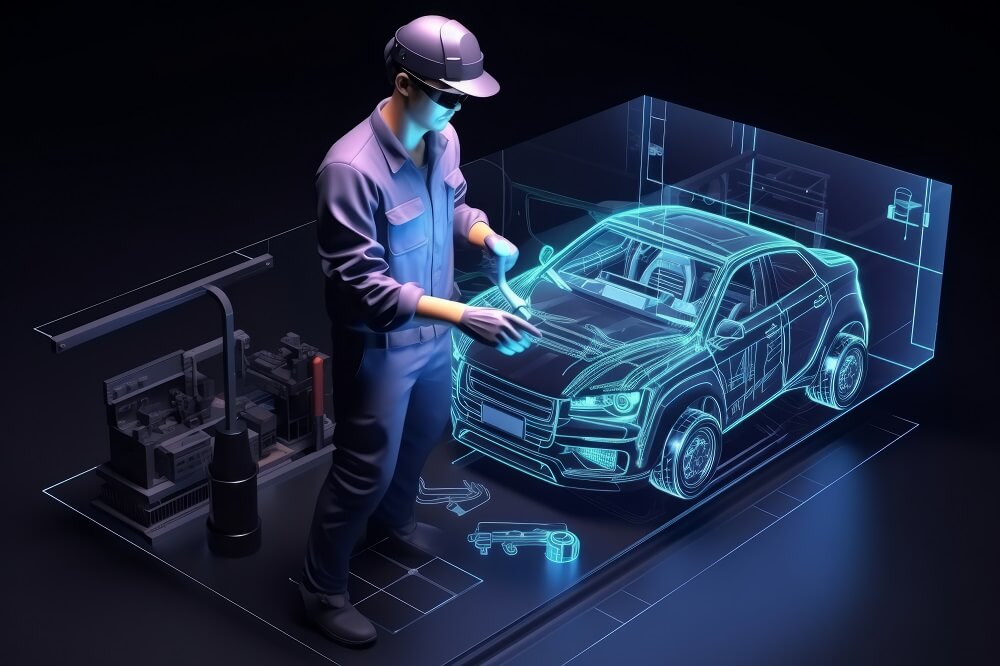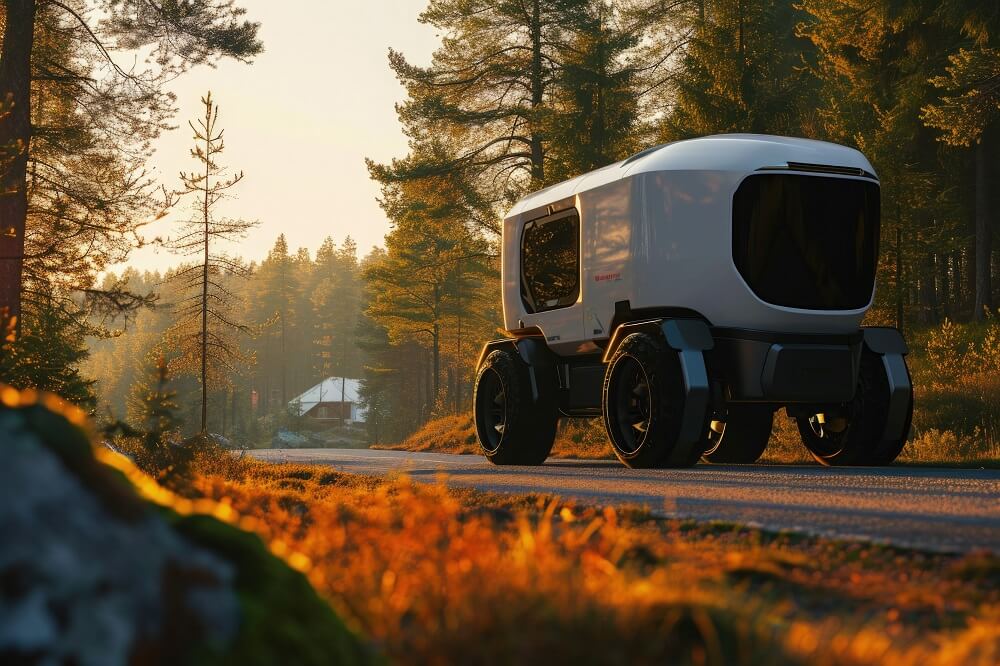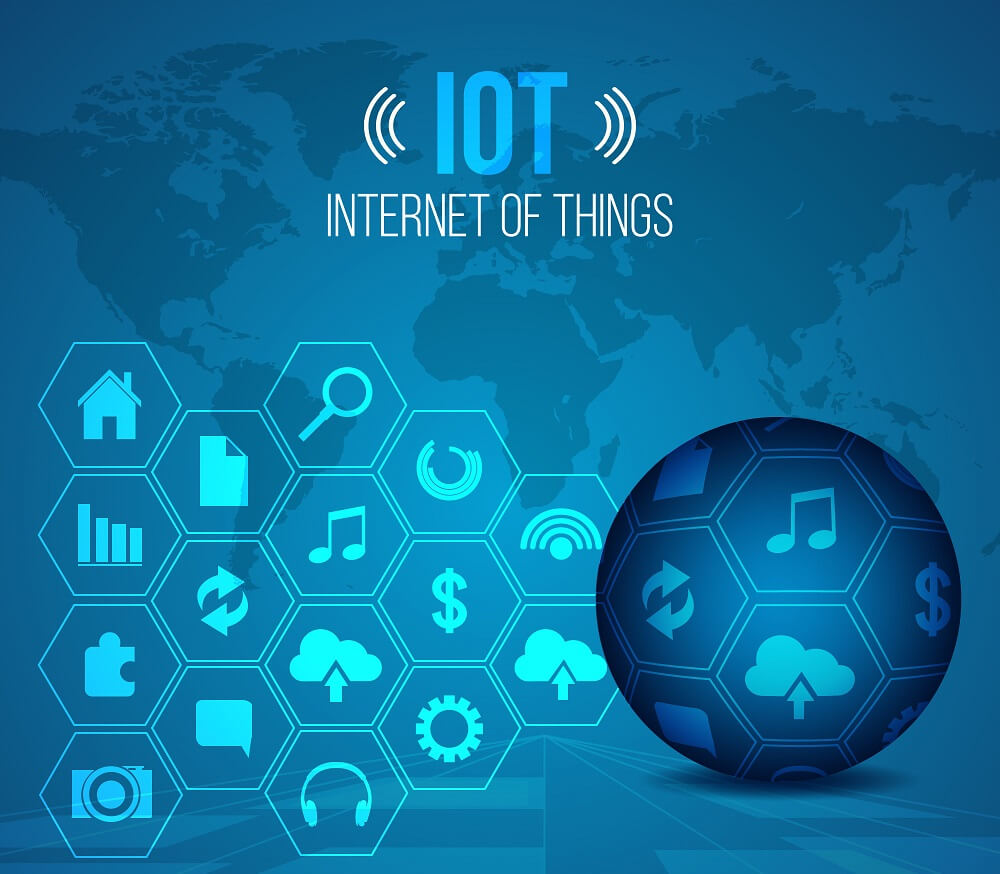In the advancement of autonomous vehicles, one such trailblazer Artificial Intelligence (AI), professed to change undeniably our thoughts on transportation and logistics. Agriculture is one of the areas in which AI has been deployed and autonomous tractors have emerged as an evolving technology. The smart machines were poised to revolutionize farming processes by boosting productivity, efficiency and sustainability. The path to complete autonomous vehicles, but also represents a long and difficult road with numerous safety challenges along the way as well regulatory risks coupled with ongoing innovation.
Autonomous Tractor Adoption Rises
Since the advent of modern agriculture, tractor have been a mainstay on that line between work and productivity. Thanks to AI, those machines are on the cusp of gaining a new kind of autonomy. With high-end AI systems, autonomous can do complicated work such as planting and harvest or soi monitoring with some help from humans. By implementing this shift, it serves as not just an optimization engine for farming operations but also helps in solving the labor shortage and minimizes human errors.
Technological Advancements
Autonomous tractors use a mix of sensors and GPS, as well as machine learning algorithms alongside computer vision technology to move efficiently through the fields. These technologies enable to:
- Drive and Navigate without Obstacles: Autonomous uses real-time data from cameras based on radar, LiDAR tech to detect obstacles and navigate through them seamlessly — says you can be assured when put in challenging work zones.
- Precision Farming: AI algorithms process soil conditions, weather patterns and crop health to determine when/where to plant or irrigate land in order achieve maximum production at minimal waste.
- Predictive Maintenance: AI systems track the performance and predict when maintenance is required so that they can be replaced just in time to avoid unplanned downtime while extending its life.

Safety Concerns
The deployment of autonomous vehicles has to be safe, and also cannot be an exception. To make sure these machines are safe, there a number of problems that must be solved as follows:
Sensor Reliability
To properly operate an autonomous car, sensor accuracy and reliability are a must. Such sensors should work in all kinds of weather conditions and terrains. Any kind of malfunction can easily end up in an accident, crop destruction or equipment breakdown.
Human-Machine Interaction
Human oversight is critical, even in high-autonomy environments They need to know that, If necessary in case of emergency or something you cannot plan on your working days will always be the safety card somewhere. The need of the hour for manufacturers is developing intuitive interfaces and training programs that can help operators with experience or no experience at all manage these autonomous tractors effectively.
Data Security

Any autonomous function works on data, and it requires too large amount. The same clean room is ideal to protect against physical theft, but not exactly effective combatting illicit access by nefarious individuals that could disrupt the farming operation or worse — sabotage it.
Regulatory Landscape
The regulatory environment remains a work in progress for self-driving cars, too. Governments and regulators across the globe are developing norms to enable safe and ethical adoption of these technologies.
Current Regulations
Existing regulations for autonomous vehicles are often not extensive enough to apply fully in the case of agricultural machinery. But a few countries have even begun working on formal directives for autonomous, centered around safety laws and testing standards to operate one.
Future Directions
Over time, as technology adapts to and with the mature of this blockchain ecosystem so will regulations in resolving such issues. This includes:

- Safety Standards: Standardizing Safety Protocols Offering uniform safety standards to be followed by the different manufacturers for all its models of autonomous tractors, ensuring that they comply with minimal specified levels.
- Liability & Insurance: Define who is liable in case of an accident regarding autonomous vehicles. Who will be responsible the manufacturer, software developer or operator?
- Protecting Data: Enforcing strict privacy laws to protect the massive volumes of data created/processed by autonomous.
Future- Forward Innovations
The core of the autonomous vehicle revolution is innovation. The sheer pace of progression in AI, machine learning- and all related tech that sits beneath the skin– is limitless as it can possibly be, until further discovery eventually breaks through a frontier of what autonomous could deliver.
Machine Learning and AI
That means, with machine learning algorithms any autonomous car got the ability to learn from past experiences and hence their performance over time. As we can see, this process repeated iteratively will enable the robot to make better decisions and move in a more optimized way.
Connectivity and IoT
The functionality of the devices is based on IoT (Internet of Things) and that which makes autonomous what it really stands outSpinBox$scope. InterCONNECTed sensors and devices which transmit data real-time, for remote monitoring and predictive maintenance.

Materials Robotics
Advances in materials science and robotics will soon make self-repairing, flexible robots commonplace. Lightweight material helps to reduce fuel usage, while advanced robotics allow the machine to work even better suited for complex jobs downhill or in other types of areas.
The Impact on Agriculture
Agriculture is due to see a significant level of change in the wake AI finally being utilized internally with autonomous (including all derivatives from fully automated tractors, platforms and drones). Cheers to smart machines that change the way farming is done having;
Higher Productivity Ordering things to move around a space can work 24/7, doing the jobs that require manual handling faster than any developer community ever would.
It also promises to make agriculture more sustainable by facilitating precision farming practices using AI that reduce the amount of water, fertilizer and pesticides used in cultivation.
- Economic Efficiency: The use of advanced technologies in smart farming leads to a reduction in labor costs. better resource usage and higher productivity
Conclusion
Of course, perhaps the greatest promise for AI in autonomous vehicles still lies ahead. These advancements stand ready to completely transform agriculture toward efficiency, sustainability and productivity. But the road to full autonomy is not without its hurdles. Safety, ensuring compliance with regulations and promoting the startup of continuous innovation is essential to visible autonomous; With the coming of more innovative technology and changes in regulatory frameworks, smart farming empowered by AI is ushering a new era for agriculture as we know it.